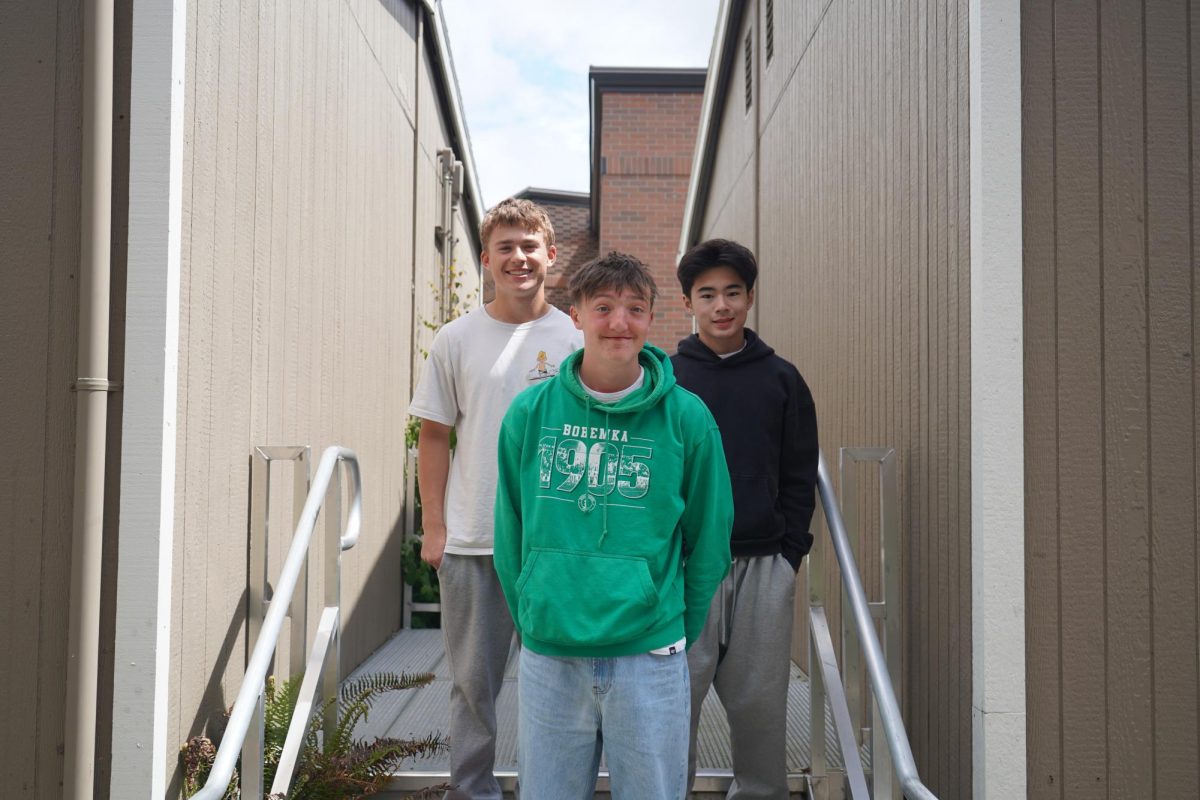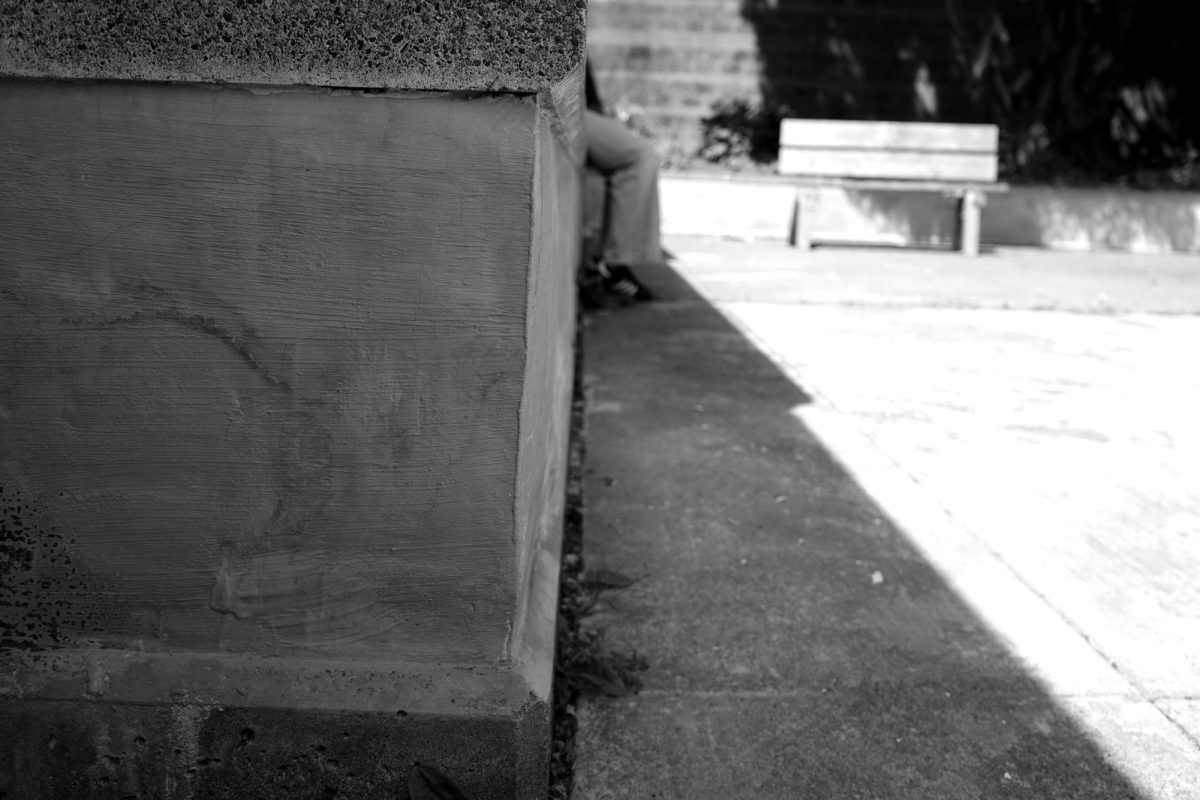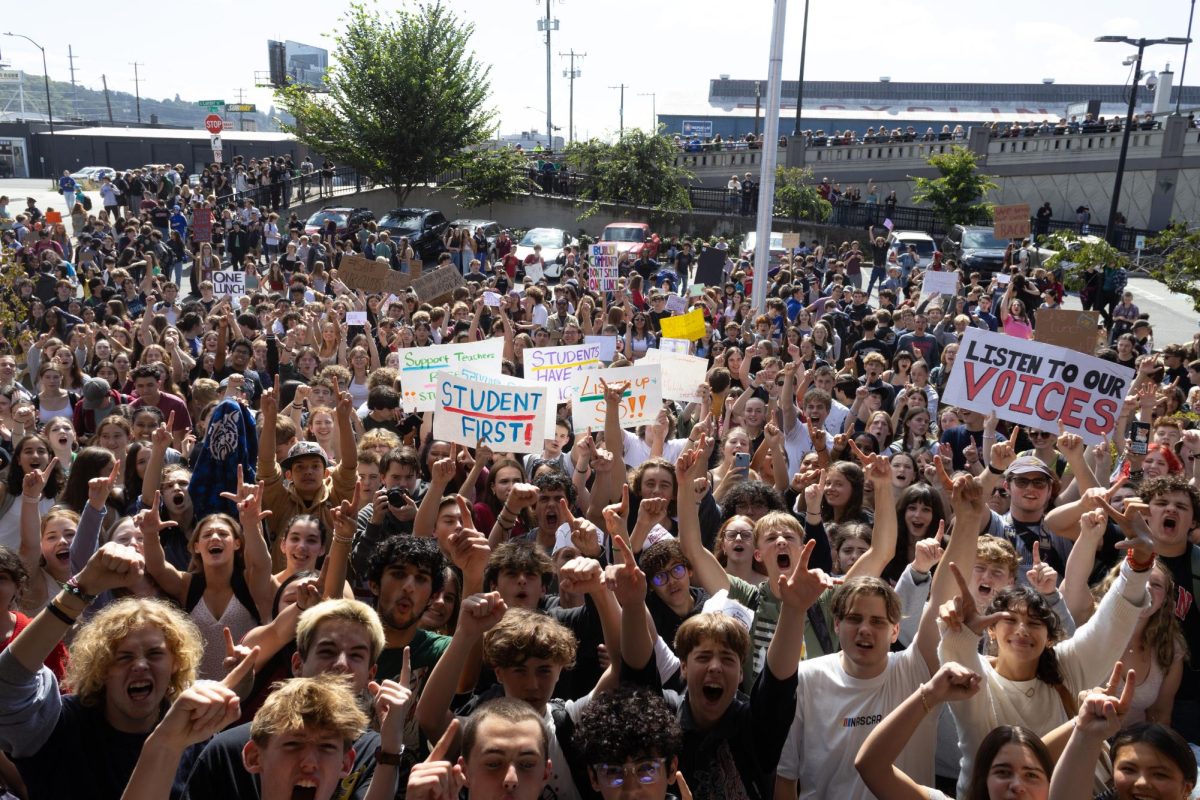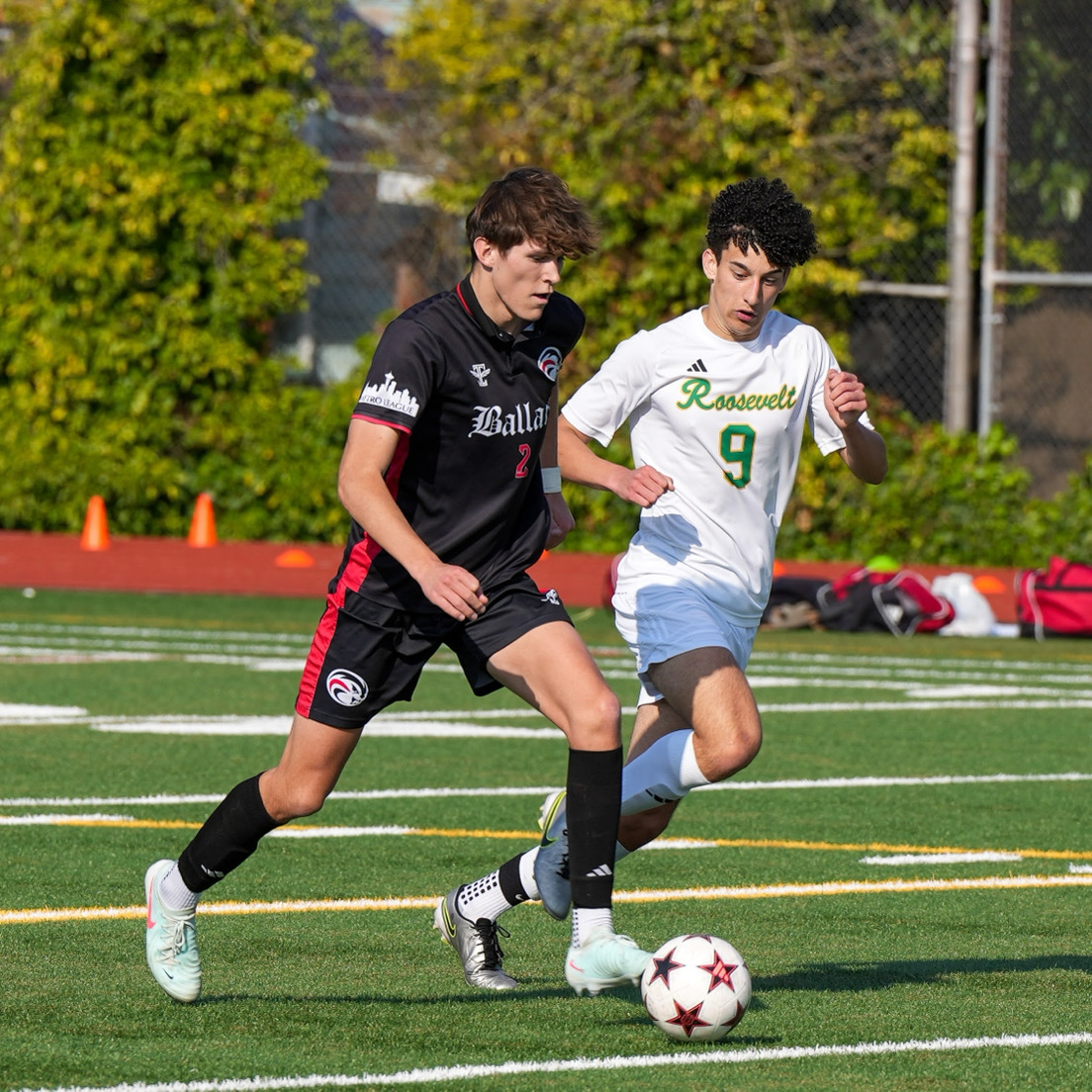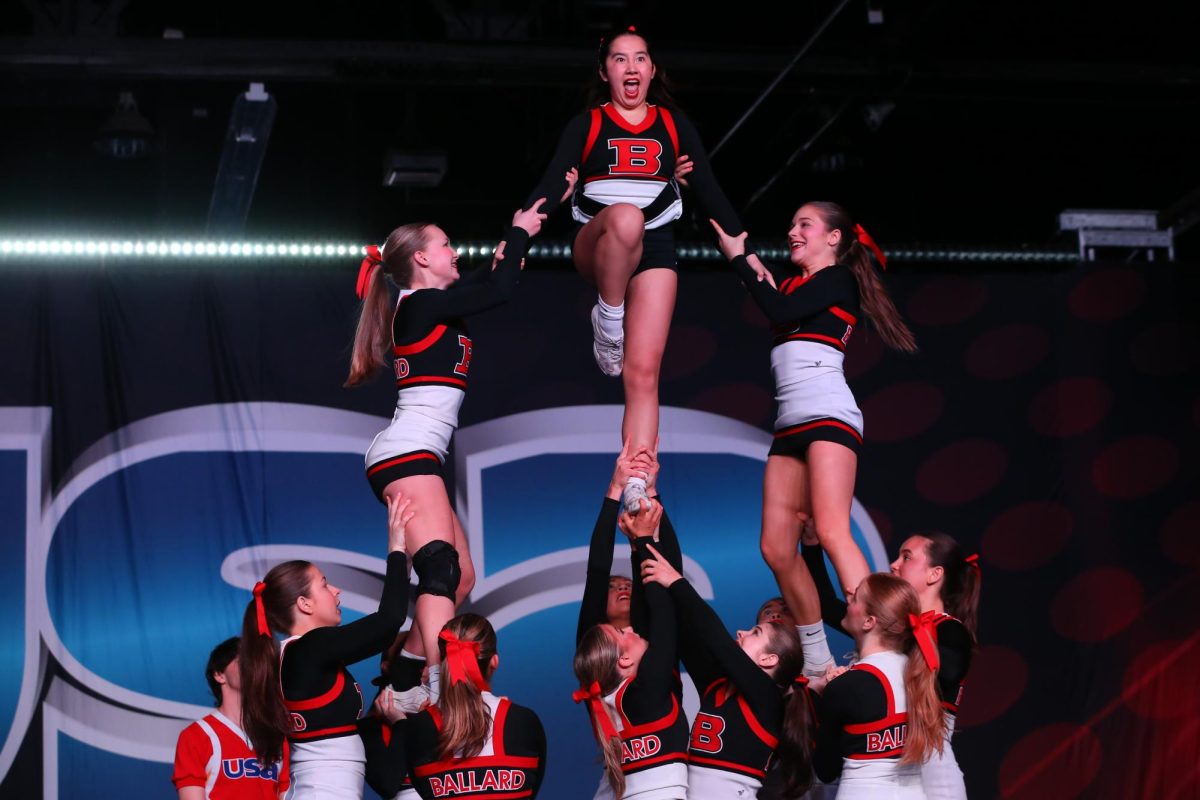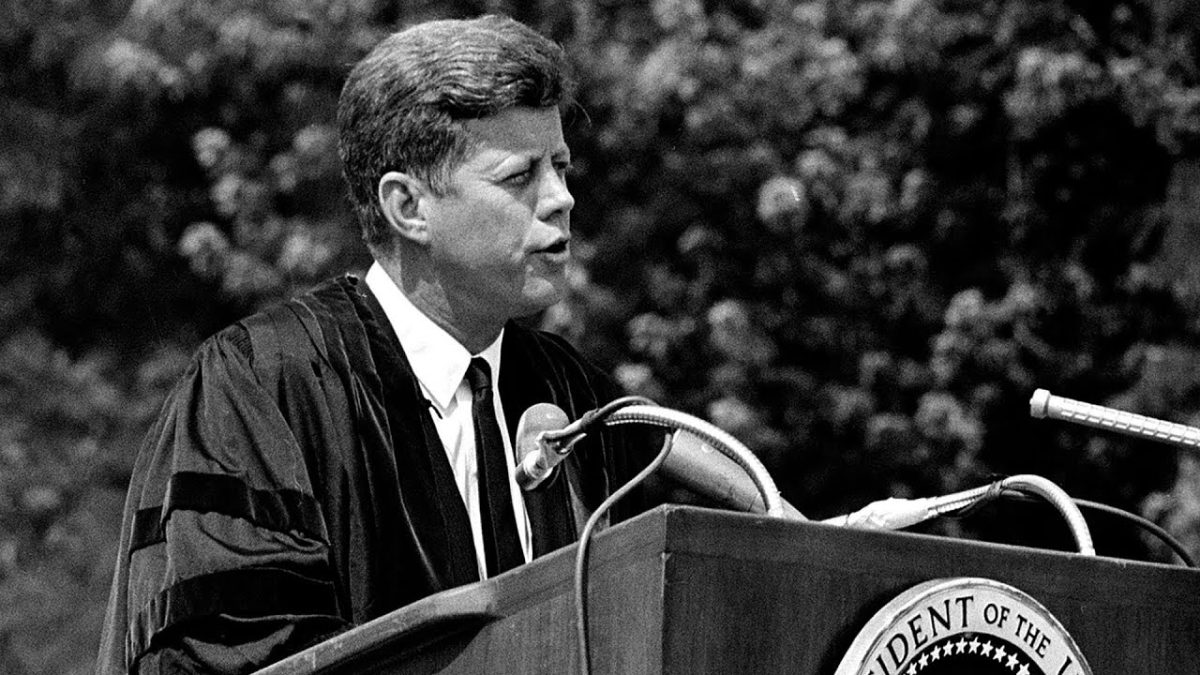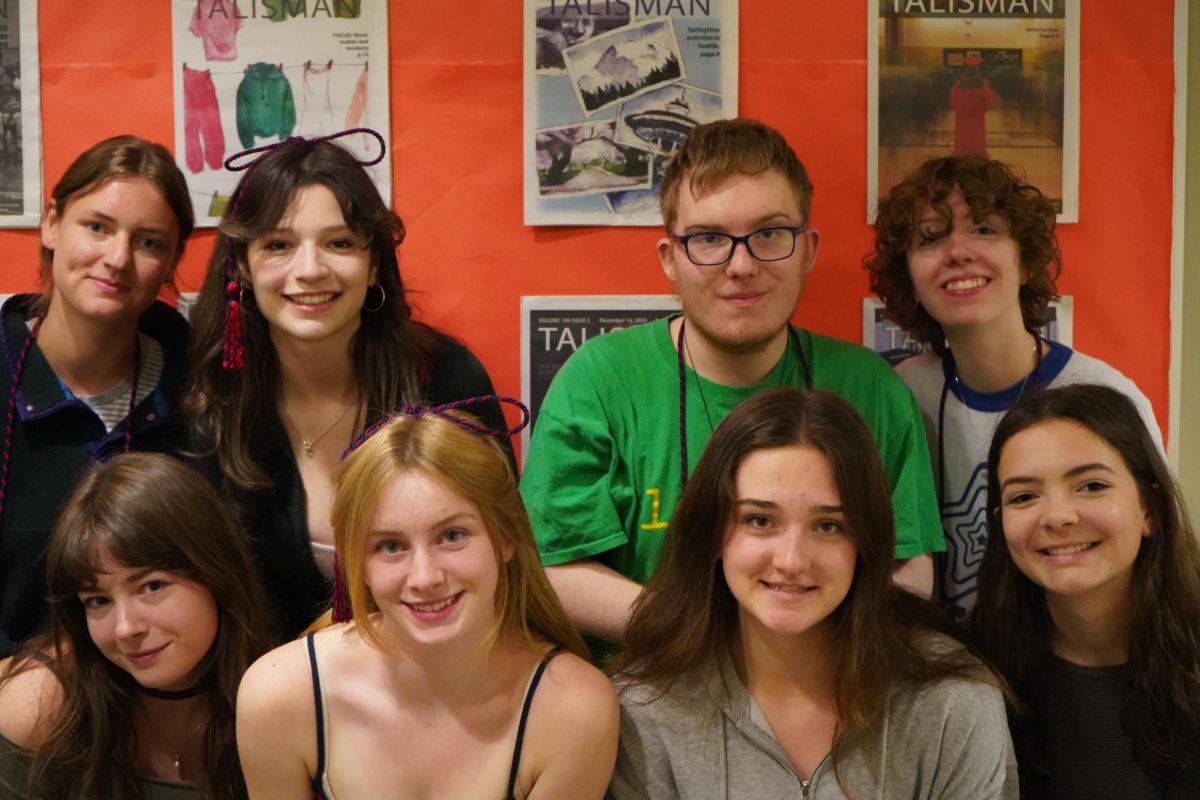![West Seattle High School’s (WSHS) Chinese program is closing down and teachers in the program are informed to transfer to a different high school. At WSHS, 475 both former and current students have signed a petition to help teacher Ying Yu continue her Chinese program. She shares that initially, the program offered only four classes with 90 students but with her initiatives, the program grew to be full-time with 154 students and 137 students on the waiting list. (Seattle Public Schools Board Meeting YouTube Channel: Seattle Schools Board Meeting May 8, 2024, [58:25])](https://ballardtalisman.org/wp-content/uploads/2024/06/Screenshot-2024-06-14-134038.png)
Following the Seattle Public School’s (SPS) controversy over its $105 million budget deficit over the past year, the School Board released their proposed plan for a system of “well-resourced elementary schools,” which would potentially result in the closure of 20 elementary schools in the district.
“I read what the district said and we did the same thing in 2013,” Eric Blazevic, CTE and Academy of Finance teacher, said. “We had to reopen schools because although we are losing students now, the population of the city is going up.”
The SPS website shares that the proposed plan will result in fewer buildings that serve students in preschool through fifth grade, which will lead to an increase in student-to-teacher ratios, reduction of core school staff, scaling back preschool offerings and suspension of new curriculum adoption.
“If we hit a recession and people can’t afford to send their kids to private schools, we’re going to have an influx of kids coming back to the school,” Blazevic said. “ I don’t know if this is the best way to go about doing it as it seems to me it’s more of a scarce tactic.”
According to an email statement sent to the SPS community on May 9, the system of well-resourced elementary schools aims to create a new foundation for stability and consistency that students and staff can both thrive under.
“It seems like it’s just a knee-jerk reaction and this decision will drive people out of public education or out of the district, because they want a more stable future,” Mary Jereczek, CTE Marketing/Business teacher and Department Head, said. “This will mean that we will have less people coming into Seattle which is then going to lead to shortfalls. Another concern is, if we don’t have a thriving public education option for students, then we won’t have jobs for a lot of educators as well.”
This means that more than 70 elementary school sides will be consolidated – many of which are currently under-enrolled – into 50 well-resourced ones.
The requisite steps for sustainability is known as ‘year zero,’- the year between the current strategic plan and the next strategic plan. The five categories including governance, staffing, operations, funding, programs/services are what the board aims to focus on for this interim year before the strategic plan comes forward. (Seattle Public Schools Board Meeting YouTube Channel: Seattle Schools Board Meeting May 8, 2024, [1:54:35])
“If the district is really serious about closing the schools to save money, they are going to have to close the schools, sell the properties and lay off teachers,” Blazevic said. “If they don’t do these three things, they’re not going to save much money.”
The Save Seattle School Blog (SSSB), an online blog founded by concerned parents, highlighted Superintendent Brent Jones’ past statements of how closing schools wouldn’t result in immediate savings. Since most of SPS’s expenditures are on staff salaries, savings could be achieved through massive teacher layoffs.
“When I was more involved in our elementary school’s PTSA, attending board meetings, they were looking at immediate numbers but not looking at the amount of growth that was happening – at least that was the case at Adams Elementary School, where I worked at,” Jereczek said. “The board may temporarily close some of the schools that need to be remodeled but 20 elementary schools is just not going to be a good long-term plan.”
In June, the Seattle School Board will host community meetings to gather input, understand the impact of this abrupt change and hear suggestions on how to proceed with SPS’s plan. Moreover, Jones will bring preliminary recommendations about consolidation plans for the 2025-26 school year to the Board.
SPS preempted the upcoming community meetings with an email statement by Bev Redmond, SPS Chief of Staff. The statement highlighted how the newly planned system will enable schools to include important components identified during the Well-Resourced Schools Engagement Sessions last fall and earlier this spring.
These components include multiple teachers per grade level, stable support staff, inclusive learning for every student, social and emotional learning support, art & music, physical education teachers, stable operational budgets, safe, healthy and school grounds, space for preschool and connections to the community.
“As a student who went to [Catherine Blaine K-8 School], it makes sense since they were going a bit downhill,” sophomore Julie Todd said. “But it’s also very sad because it will be hard for students and people who live in that area and that there is a possibility of a school that is supposed to serve the community might close and that community (neighborhood) would be impacted negatively.”

